Why Full Spectrum Marketing Matters More Than Ever — And Why DIY Marketing Often Fails
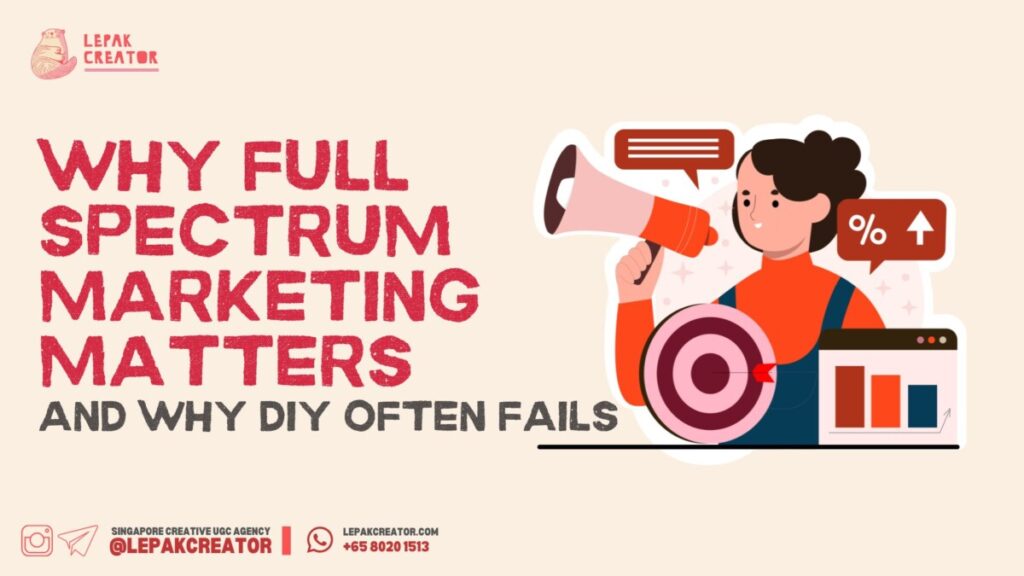
Before you dive into marketing on your own, it’s important to have clarity. Every aspect—branding, content, SEO, customer experience, social strategy, pricing, and more—plays a specific role in driving results. Knowing how each piece contributes to your business ensures that the time and effort you invest actually pays off. If you’re ready to move beyond […]
Why is FAQ SEO (AEO) the Most Underrated Growth Strategy — And Why Most Businesses Still Aren’t Using It
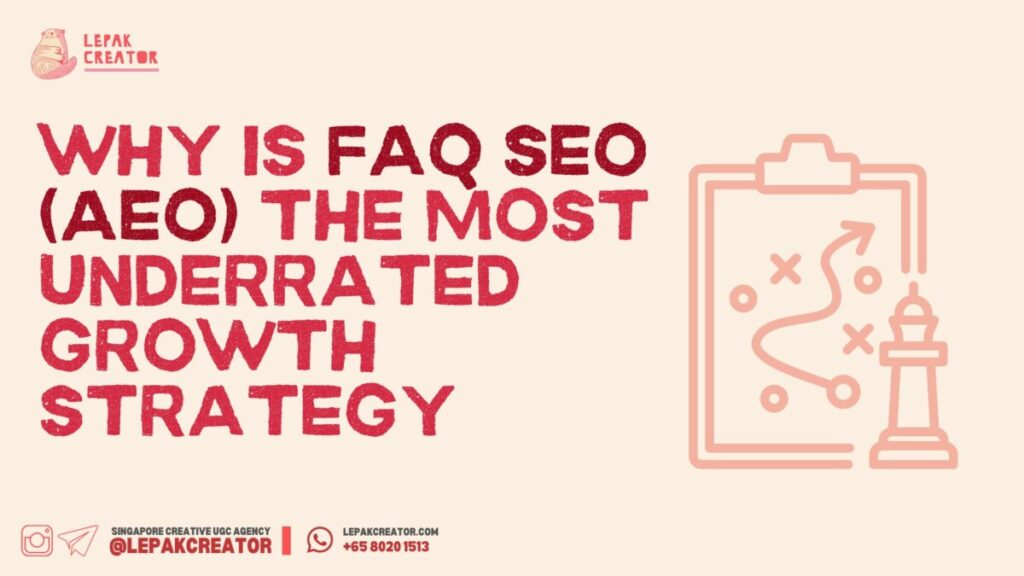
If you look at how people search today, you’ll notice something interesting. People no longer search like they used to. They don’t type one-word keywords. They don’t browse endlessly. They don’t even want to read long pages until they get the exact answer they need. What people do now is simple:They ask questions. Real, everyday […]
How Businesses Can Harness AI Without Burning Out: Why Hiring a Skilled Agency Makes the Difference

Artificial Intelligence has changed the way we create content, run campaigns, and communicate with audiences. Tools like ChatGPT can generate ideas, draft copy, correct grammar, expand short phrases into full articles, or even transform monotone statements into engaging, imaginative storytelling. And that’s just with words. Images, videos, and other media content are just starting points. […]
Why Not All Businesses Market the Same Way: Understanding Marketing by Size and Type

When we think of marketing, it’s easy to imagine flashy ads, viral social media campaigns, or global product launches. But the reality is that not all businesses—big or small, startup or legacy brand—market the same way. Each business category comes with unique resources, audience reach, and growth objectives, which shape how marketing is executed. For […]
Is It Good to Be Active on Social Media? Why Consistency is the Secret to Growth in 2026

Ever wonder why some people seem to “blow up” on social media while others stay invisible, even though their content is just as good—or sometimes even better? The truth is, success on social media isn’t only about talent, aesthetics, or luck. It’s about showing up consistently. Think of social media like a crowded networking event. […]
5 Things Business Owners Should Avoid When Working With Influencers Under an Agency
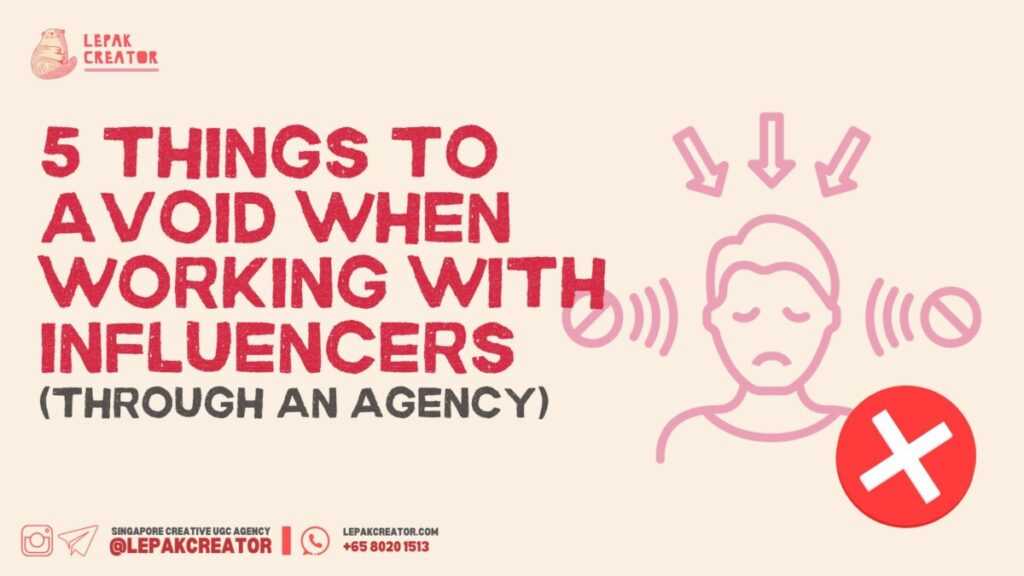
Influencer marketing can be one of the most effective ways to grow brand awareness, build credibility, and reach new audiences. But success doesn’t only depend on choosing the right influencers—it also depends on how business owners manage the relationship with both the agency and the influencer. Unfortunately, many campaigns lose impact because business owners unintentionally […]
Social Media Strategy vs Planning vs Coordination: What Every Business Owner Needs to Know
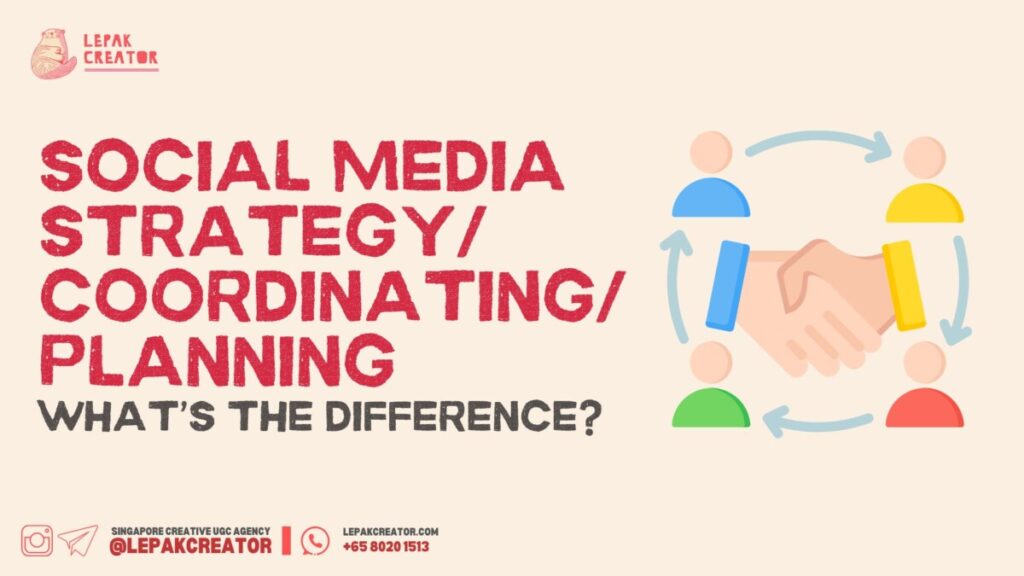
Many businesses create social media posts without a clear direction. They may post consistently, but the results often feel random — low engagement, little brand growth, and wasted effort. The reason? They confuse strategy, planning, and coordination. To succeed in today’s digital landscape, you need to understand how these three layers work together in social […]
The Complete Guide to Marketing Amplification Channels in Singapore (2026)
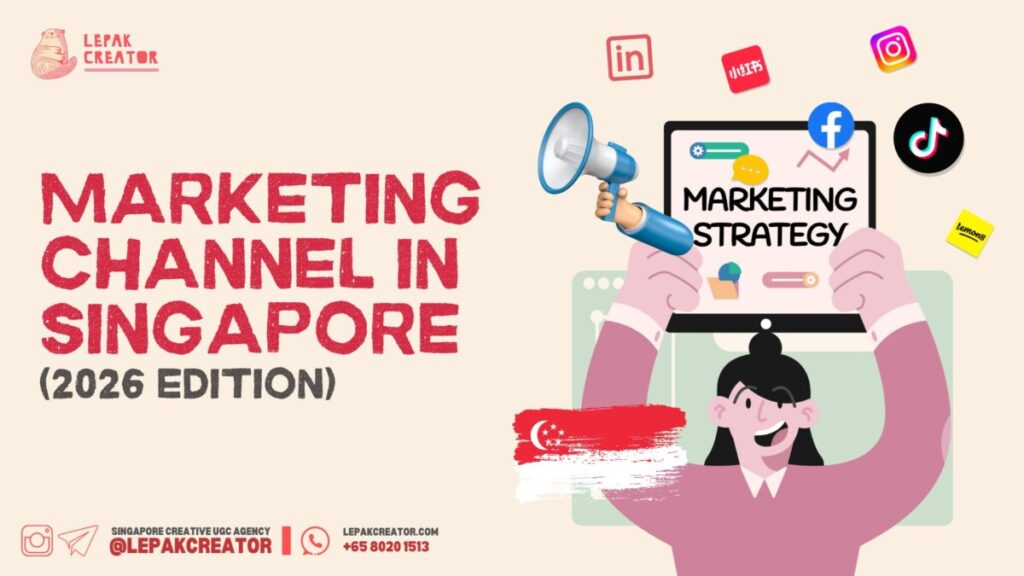
As marketers and agencies, we know there are countless marketing amplification channels available for our clients—but rarely is the full picture ever shared. In practice, we carefully mix and match channels to suggest what fits best for each client’s goals, budget, USP, brand positioning, alignment, target audience, growth stage, and campaign timing. Yet, many business […]
Influencer Reach: Why We Cannot Predict Social Media Outcomes and How Strategy Creates Value
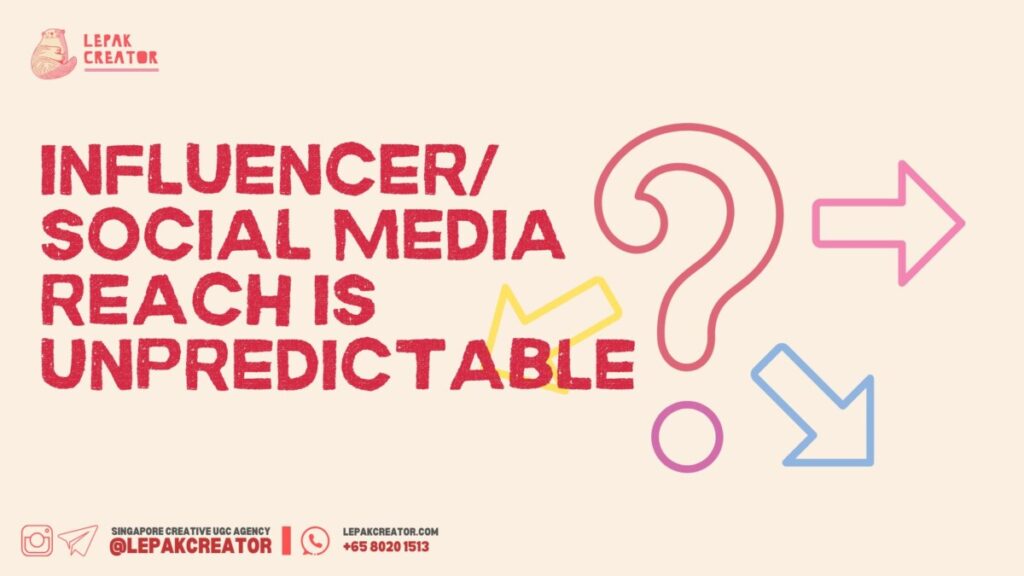
In influencer marketing, clients often expect certain reach numbers from creators. Sometimes, a smaller content creator achieves higher reach than a larger one, and vice versa. This can be confusing. The reality is simple: reach on social media is largely unpredictable — not controlled by the agency, the influencer, or even the platform itself. 1. […]
How Much Should You Spend on Facebook Ads in 2026?
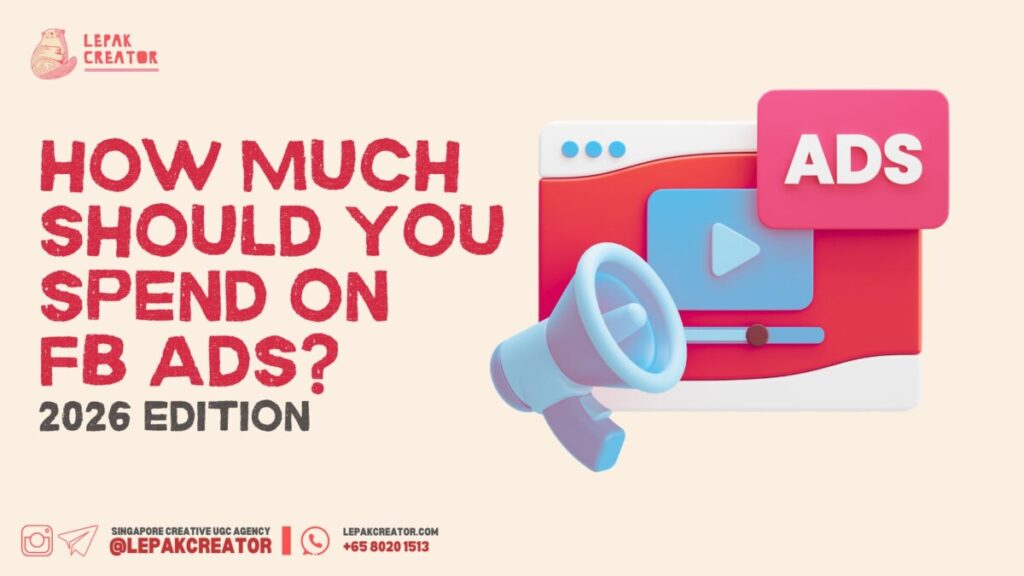
If you’ve ever asked yourself, “How much should I spend on Facebook ads?”—you’re not alone. There’s no magic number. Your budget depends on your goals, audience, and willingness to test and tweak campaigns. The key is having a flexible strategy that makes every dollar count. A budget strategy ensures you target the right audience, avoid […]
